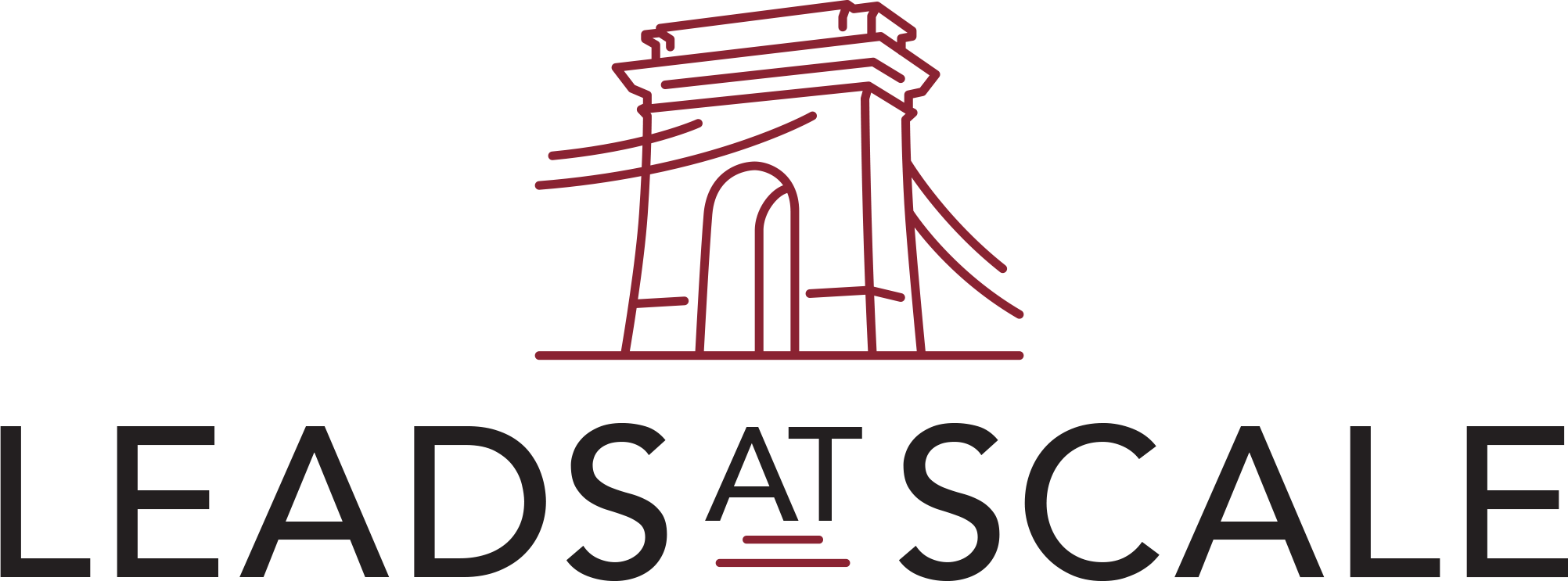Picture this: You’ve started an ice cream delivery service. But you’re no standard ice cream truck. Your customers are local grocery stores, restaurants, and businesses giving their employees ice cream socials.
First off, kudos. B2B sales of ice cream is a noble calling. Second, you’re going to need a sales strategy. Otherwise, you’ll accumulate tubs of uneaten ice cream in your truck. And there’s nothing sadder than melted ice cream.
So what’s your sales approach? Will you inspire your customers to come to you, or will you go to them? That’s inbound sales vs outbound sales in a nutshell (or chocolate shell, as it were).
Whether you’re selling services, software, or soft serve, inbound and outbound sales are essential to your business. In this article, we’ll compare inbound vs outbound sales, including the pros and cons of both, plus provide some sales techniques for each. Set aside that ice cream and let’s get started.
What Is Inbound Sales?
As the name implies, inbound sales are techniques that encourage customers to come to you. These are often considered “softer” sales tactics, less blatant than outbound sales.
How Does Inbound Sales Work?
The primary goal of inbound sales is sparking interest in customers that need solutions (whether they know it or not). Think of it like a magnet: You’re not directly seeking customers—they’re gravitating toward you when they’re drawn close enough.
Examples of inbound sales techniques include content marketing, search engine optimization (SEO), and educational resources.
The Pros and Cons of Inbound Sales
Pro: Inbound sales is a solid long-term investment. Once you establish the proper infrastructure, customers should gather with little additional effort. You may need to review your content and ensure it’s up-to-date every so often, but such upkeep is minimal.
For example, our ice cream delivery service might create a video series counting down the top five ice cream flavors found in grocery stores. Though there’s no direct sales message, good content creates a positive association between your brand and potential customers. So long as there’s no dated material, this video could serve as a sales tool in perpetuity.
Another pro: Inbound sales tends to be cost-effective, especially for newer and/or smaller businesses. Most business owners have the means to create content and optimize it for little or no cost.
But inbound sales isn’t all sprinkles and rainbow sherbet. One of the major cons is the failure rate. If, for example, our ice cream company creates several educational resources with dry, vanilla information, they won’t be shared and therefore won’t have much reach. And if no one sees them, no customer will ever come calling about our ice cream.
Furthermore, poor inbound sales techniques might not only lose potential leads—they might repel them. If our ice cream videos are especially bad, perhaps because of the lighting, scripting, or acting, they might accidentally exude an air of unprofessionalism. And no one wants to buy from an unprofessional company.
In inbound sales, reputation is key. Make sure your tactics reflect the quality of your company.
Inbound Sales Techniques
- Start by defining your target audience. As noted, our ice cream business targets local grocery stores, restaurants, and local businesses. It’s important to know who you’re selling to, so you can present them with appealing content.
- Next, provide a place for that audience to meet you. For our ice cream service, perhaps we create a Facebook Group for local dessert connoisseurs. You don’t need to make the hard sell here; just associate your company with the topic, and make sure it’s a good experience.
- Content marketing is an excellent inbound sales technique. Through blog posts, videos, podcasts, AI chatbots, and more, companies can establish themselves as industry leaders in their respective fields. Once they’ve done so, customers seeking solutions will naturally gravitate toward that content. For example, if a local restaurant is looking for a new place to source their ice cream, they might turn to you if your company produces or sponsors a podcast they enjoy.
- SEO is also key. If our ice cream shop ranks highly for the search terms “dessert near me” or “late night food,” we’re more likely to attract new customers.
- Finally, consider offering educational content, such as webinars. This example doesn’t apply to our ice cream company, but it works well in industries like software sales. Imagine, for example, offering an instructional webinar on email drip campaigns using your company’s own email client to demonstrate. You’re providing value to the attendees while simultaneously exhibiting your product.
Whatever you do in inbound sales, make sure you provide value. This will attract attention from interested parties, which will in turn lead to trust, and finally sales.
What Is Outbound Sales?
Instead of letting our customers come to us, we’re going to them. That’s what outbound sales is all about.
How Does Outbound Sales Work?
Outbound sales are often conducted by a dedicated salesperson or an entire team. This might be an internal team, or it could be outbound sales services hired by the company.
Sales representatives contact leads, usually via email, phone, or sometimes even text, to offer their products. It’s where the term “cold calling” comes from. If we called local businesses and offered our ice cream to them, it would qualify as outbound sales.
The Pros and Cons of Outbound Sales
Pro: outbound sales are proven to work. There’s a reason companies invest so much in them. Having a dedicated team focused on discovering customers and selling them products can be incredibly lucrative.
Furthermore, outbound sales can be much more targeted in their approach. Though inbound sales is also focused, it’s sometimes difficult to discern lead qualification status, or serious customers from those who aren’t ready to buy. Outbound sales tends to be far more focused.
However, in-house sales teams can be expensive. This can be a con of outbound sales, especially if you over-hire or overestimate demand for your products. Like any part of your business, make sure you scale appropriately with your customer base.
Outbound Sales Techniques
- Most often, outbound teams rely on cold calling to make sales. Our ice cream outbound team would likely start by calling all grocery stores, restaurants, and businesses in the area. They’d present our ice cream as the premier dessert partner. Then, they might offer product samples to the lead.
- Email is another common method of outbound marketing. Sales reps might use email addresses collected from online submission forms or recent webinars, then send them promotional messages. Email is also excellent for contacting lapsed customers, or existing customers who might be interested in upsells.
- One final example of outbound sales is in-person, perhaps at conferences or trade shows. Whether you’re in software or hardware, it’s often beneficial to demonstrate your product’s efficacy directly to potential customers. This way, you don’t need to tell them how helpful it is—they can see it first-hand.
Key Differences Between Inbound vs Outbound Sales
The differences between these approaches are cost, time investment, and customer type.
Cost
Generally speaking, inbound marketing costs less than outbound. Rather than hire an entire sales team, great inbound marketing can be accomplished by a small group or even an individual.
Time investment
Both require plenty, but inbound sales often needs the most time investment up front, while outbound sales is more of a long-term strategy.
Customer types
Customer types tend to vary based on your sales tactics. For instance, inbound customers are often knowledgeable and enthusiastic about your products, since they intentionally came to you. Outbound customers, on the other hand, often require more education and information upfront.
How to Choose Between Inbound vs Outbound Sales Techniques?
The general rule of thumb is to start with inbound sales, then grow into outbound. Since the latter is more expensive and elaborate than the former, most emerging companies simply lack the means to begin any other way.
Accumulate your first few customers via inbound techniques, then advance to rudimentary outbound techniques, such as online advertisements. Once your company gets off the ground and advances into maturity, it’s time to start committing time and resources toward your outbound sales team.
Of course, don’t abandon inbound, even when you switch to outbound! It’s not just about inbound vs outbound sales—it’s about both in tandem.
In Conclusion
In the debate of inbound sales vs outbound sales, both sides win. However, if you’re ready to advance from inbound and graduate to outbound, we at Leads at Scale can help. We’re a B2B lead generation agency for companies, both emerging and established.
Whether you need cold-calling services, B2B appointment setting services, an outbound call center, or more, we’ve got your back. We can’t wait to improve your sales figures!



